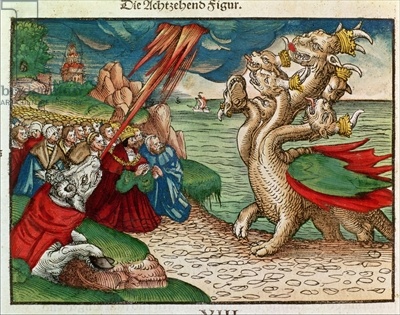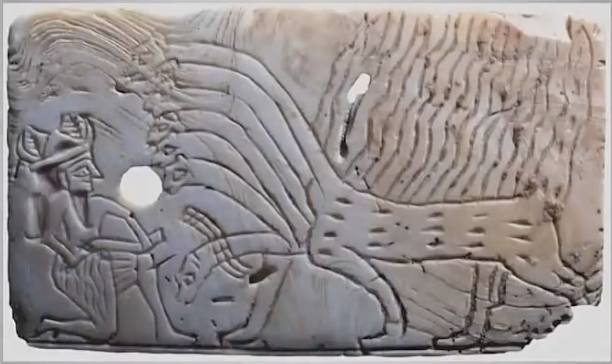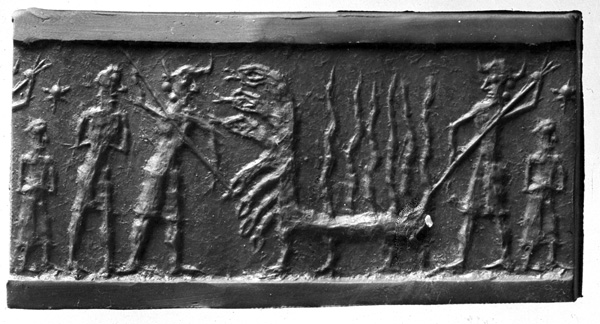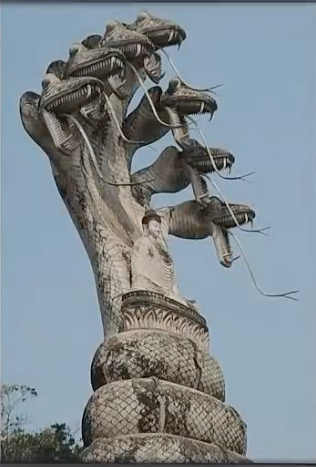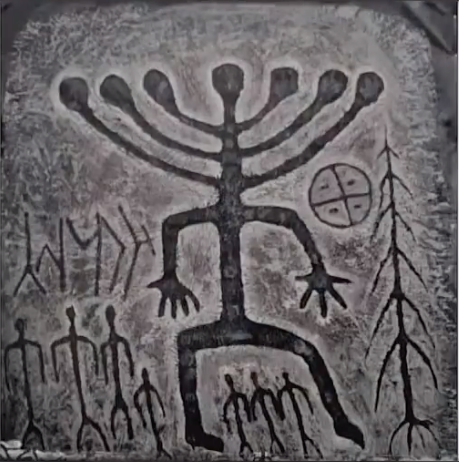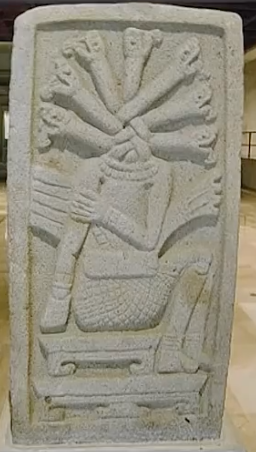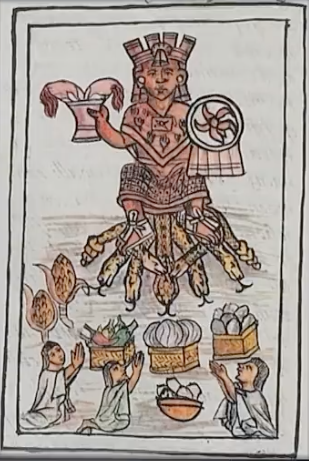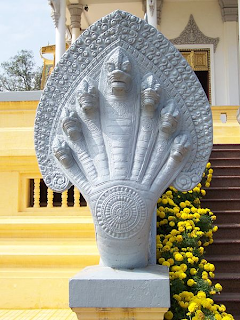The Pilgrim Fathers were determined to follow the increasing light that God had for them This is clearly expressed in the parting counsels of their pastor, John Robinson (ca. 1575-1625), in 1620, just before they started on their long journey to the New World. He had ministered to a church near Norwich until he was suspended for his Puritan tendencies. In 1604 he ministered to church of dissenter at Scrooby. In 1608 he and his flock escaped to Amsterdam, Later in the year he went to Leyden, and there in 1611 established a church. In 1620, after his memorable sermon, he saw the set sail for America. Referring to the solemnity of the parting, and admonishing them to follow him “no further than he followed Christ,” Robinson declared himself : very confident that the Lord had more truth and light yet to break fourth out of His holy Word.” And after deploring the condition of the Reformed churches that “would goe no further than the instruments of their Reformation,” he illustrated his point thus.
“As for example, the Lutherans they could not be drawne to goe beyond what Luther saw, for whatever part of Gods will be had further imparted and revealed to Calvin, they will rather die then embrace it. And so also, saith he, you see the Calvinists, they stick where he left them: A misery much to bee lamented; For though they were precious shining lights in their times, yet God had not revealed his whole will to them: And were they now living saith hee, they would bee as ready and willing to embrace further light, as that they had received. Here also he put us in mind of our Church-covenant (at least that part of it) whereby wee promise and covenant with God and one another, to receive whatsoever light or truth shall be made known to us from his written Work: but withall exhorted us to take heed what we received for truth, and well to examine and compare, and weigh it with other Scriptures of truth before we received it; For siath he It is not possible the Christian world should come so lately our os such thick Antichristian darknesses, and that full perfection of knowledge should break fourth at once.”
The Prophetic Faith of Our Fathers vol 3; Leroy Edwin Froom page 20
